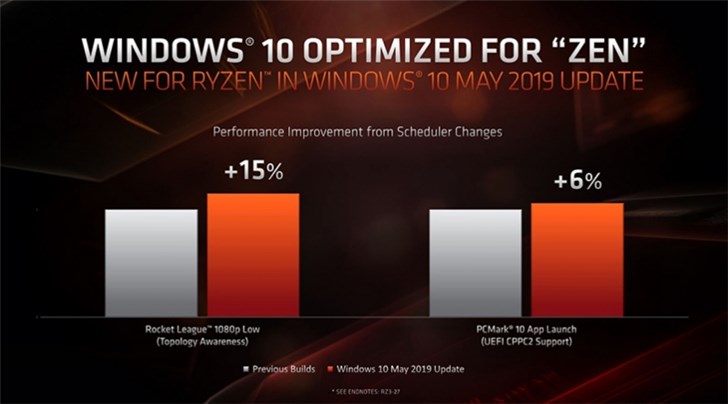

In fact the single thread performance of the 980X was 8% slower than the 2200G and 17% slower once the APU is overclocked. That said the single core performance is rather weak and shockingly even at 4.4 GHz is well down on what the 2200G offers.

With just 23GB/s of memory bandwidth the 980X will be severely limited in memory intensive workloads.Ĭinebench R15 isn’t particularly memory sensitive and as a result the 6-core/12-thread 980X does reasonably well here. The Ryzen 3 2200G has almost 50% more memory bandwidth at its disposal when compared to the triple-channel DDR3-1600 configuration of the Core i7-980X. So let’s see how Intel’s first 6-core desktop CPU stacks up in 2018… Benchmarksįirst up we have the SiSoftware memory bandwidth benchmark and here you can clearly see the advantage of high-speed DDR4 memory. For the memory, I have six 2GB sticks of DDR3-1600 memory and that’s the best stuff I have available for this test. The Core i7-980X has been benchmarked in its stock out of the box trim as well as an overclocked configuration at 4.4 GHz. Also thrown into the mix are the 1st and 2nd generation Ryzen 5 and Ryzen 7 CPUs along with a few Kaby Lake and Coffee Lake CPUs. Still, I’m interested to see how 2010’s flagship desktop CPU compares to 2018’s most affordable Ryzen. Oh yeah, did I mention the 980X is a 130 watt CPU? After all, the 2200G is a 4-core/4-thread CPU that runs at a base frequency of just 3.5 GHz, has a little 4MB 元 cache and packs a maximum TDP of 65 watts. Now, I don’t expect the 2200G to beat a 6-core/12-thread Core i7 processor running at no less than 3.3 GHz. We have made small revisions and bumped it as part of our #ThrowbackThursday initiative. Note: This feature was originally published on. But how does it stack up 8 years later? To find out I’m going to compare it with a whole heap of modern processors, including the dinky little $100 Ryzen 3 2200G. So, in short, the Core i7-980X was a beast, the best desktop CPU money could buy. Although designed to work with DDR3-1066 memory, it was possible to run at much higher speeds and given that the LGA1366 socket was part of Intel high-end desktop platform at the time, triple-channel memory support was offered in favor of the more standard dual-channel memory. The six cores operate at a base frequency of 3.3 GHz and boosted to 3.6 GHz depending on the workload.

This sucker came in at $1,000 back in early 2010.

In fact, the Core i7-980X was Intel’s first ever hexa-core desktop CPU and if you imagine it being expensive, well you’d be right. This is a 32nm “Gulftown” part, and while we tested the "Bloomfield" 45nm CPUs extensively - and were big fans of the Core i7-920 - we never paid much attention to Gulftown after launch.Īlthough Bloomfield and Gulftown processors share the same LGA1366 socket, the 32nm parts are a bit special in the sense that they pack six cores. Recently we got our hands again on a Core i7-980X processor. Today we’re going to have a bit of benchmark fun as we test out a processor we reviewed in 2010.


 0 kommentar(er)
0 kommentar(er)
